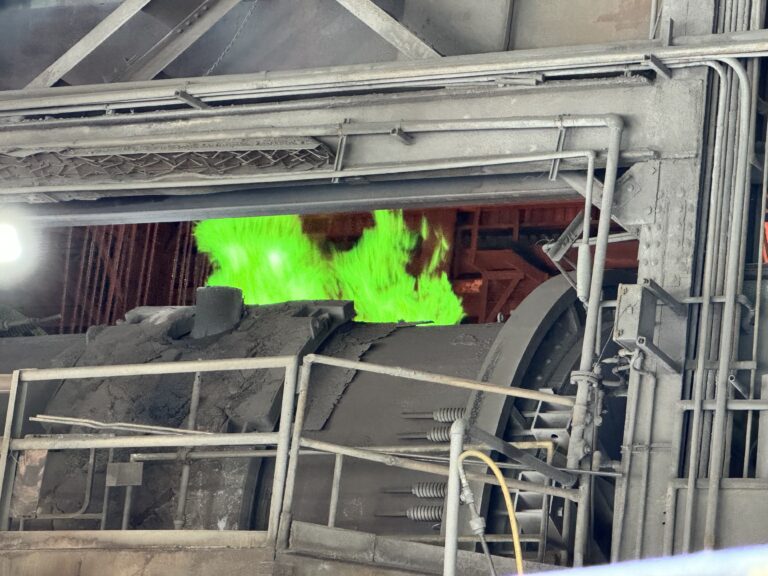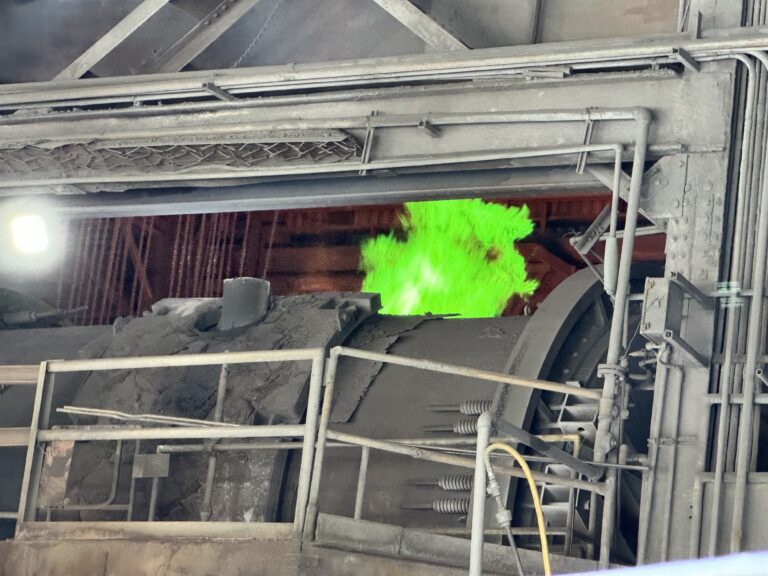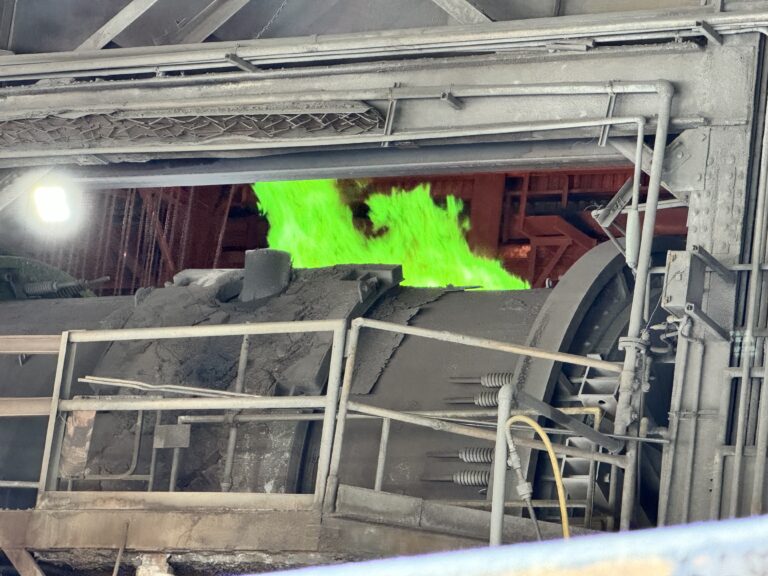Have you ever wondered why your welding flame turns green? While a blue flame is typically considered ideal, understanding the science behind a green flame can provide valuable insights into the welding process.
The Chemistry of a Green Flame
A green flame in welding often occurs due to the presence of specific elements in the metal being welded or in the gas mixture. Here’s a breakdown of the chemical reactions that can lead to a green hue:
1. Metal Contamination:
Zinc or Copper: When zinc or copper is present in the metal being welded, it can react with the oxygen in the flame. This reaction produces zinc oxide or copper oxide, which emit a green color.
Other Metals: While zinc and copper are common culprits, other metals can also contribute to a green flame under certain conditions.
2. Gas Mixture:
Oxygen: An excess of oxygen in the gas mixture can lead to a green flame. This can occur due to a faulty regulator, a leak in the gas supply line, or an incorrect gas mixture ratio.
Nitrogen: Nitrogen contamination can also contribute to a green flame, particularly when using acetylene as the fuel gas.
The Physics of Light Emission
The green color observed in a welding flame is a result of the emission of light at a specific wavelength. When the atoms of zinc, copper, or other elements are excited by the heat of the flame, they absorb energy. This energy is then released in the form of light, often at a wavelength that corresponds to the green part of the visible spectrum.


